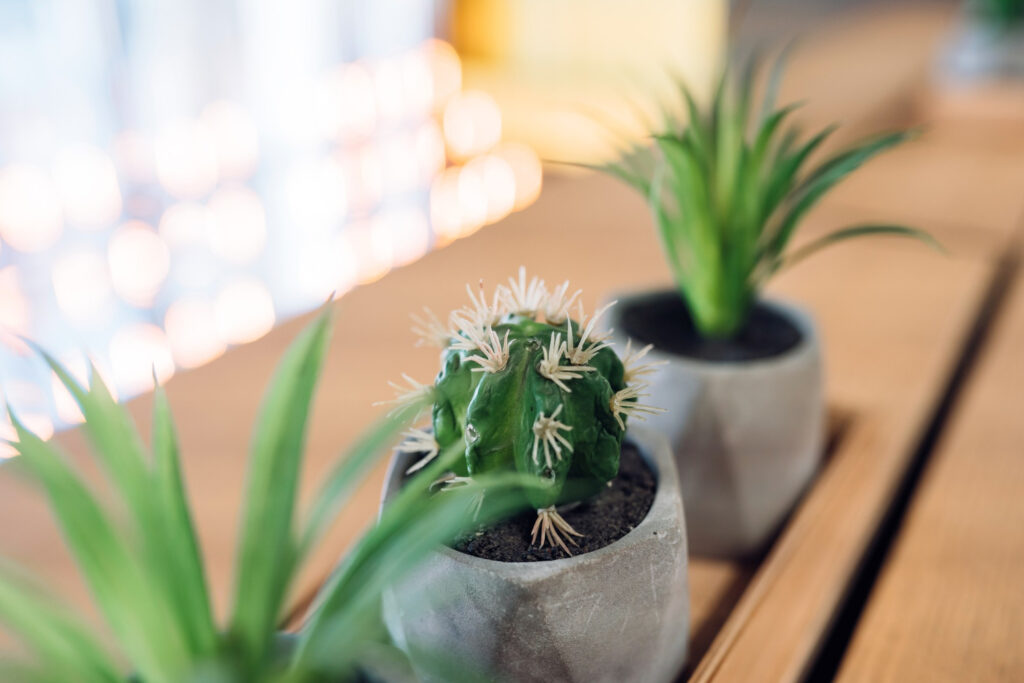8 Indoor Plants That Absorb Humidity Naturally
Living in a humid environment can sometimes lead to issues like excess moisture, mold, and mildew. While dehumidifiers are a popular solution, there’s a more natural, aesthetically pleasing alternative: houseplants! Certain indoor plants are not only great at absorbing humidity, but they also improve air quality and add beauty to your space. Here are eight indoor plants that thrive in humid environments and can help regulate moisture levels in your home:
1. Boston Fern
Boston Fern is known for its lush, feathery fronds and its ability to absorb moisture from the air. It thrives in humid environments, making it a perfect choice for areas like bathrooms or kitchens. In addition to its humidity-absorbing abilities, it also helps purify the air, removing toxins such as formaldehyde. Keep it in a place with indirect sunlight and mist it regularly to keep it happy.

2. Peace Lily
The elegant Peace Lily, with its striking white flowers and dark green leaves, is another excellent plant for reducing humidity indoors. It absorbs moisture through its leaves, making it a natural dehumidifier. Additionally, the Peace Lily is known for its ability to purify the air by removing toxins like benzene and formaldehyde. Just ensure it’s kept away from pets, as it can be toxic if ingested.

3. Spider Plant
The Spider Plant is a versatile, low-maintenance house plant that’s great for absorbing moisture. Its long, arching leaves can effectively reduce humidity levels, while its air-purifying properties help eliminate pollutants like carbon monoxide and xylene. Spider Plants are also easy to care for, making them ideal for beginners.

4. English Ivy
English Ivy is a trailing vine that can be grown in hanging baskets or as a ground cover indoors. It is effective at absorbing humidity, particularly in rooms prone to dampness, like the bathroom. English Ivy is also well-known for its ability to improve indoor air quality by removing mold spores and other allergens from the air.

5. Palm Trees
Several varieties of palms, such as the Lady Palm and Bamboo Palm, are well-suited for humid environments. These palms not only help absorb moisture from the air but also act as natural air purifiers. They thrive in indirect sunlight and moderate temperatures, making them a beautiful addition to any living room or hallway.

6. Orchids
Orchids are stunning flowering plants that flourish in humid conditions. They absorb moisture and nutrients from the air through their roots, which makes them ideal for homes with higher humidity levels. Orchids add a touch of elegance and are perfect for areas like bathrooms where humidity tends to be higher.

7. Cacti
While cacti are more commonly associated with dry desert climates, certain species, like the Prickly Pear Cactus, can absorb moisture from the air. These hardy plants are low-maintenance and thrive in well-lit areas. They’re an excellent option for adding a unique aesthetic while helping to manage humidity indoors.

8. Tillandsia (Air Plants)
Tillandsia, also known as air plants, don’t require soil to grow and instead absorb nutrients and moisture directly from the air. They are particularly suited to humid environments and are incredibly easy to care for. With their sculptural appearance, air plants can be displayed creatively in glass terrariums, mounted on wood, or suspended in air planters.
Incorporating these humidity-absorbing plants into your home not only helps reduce excess moisture but also creates a healthier, more comfortable living environment. Whether placed in bathrooms, kitchens, or living rooms, these plants will contribute to a natural balance of humidity and air quality while adding beauty and serenity to your space.






